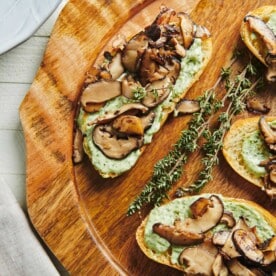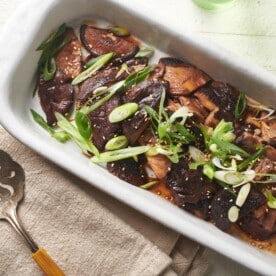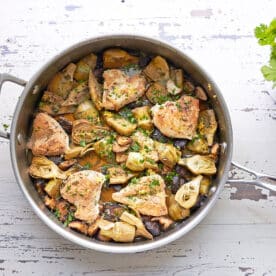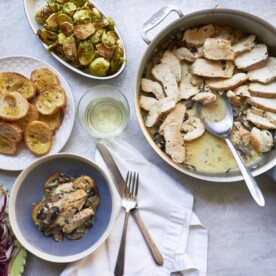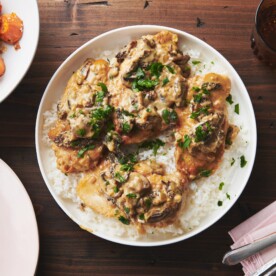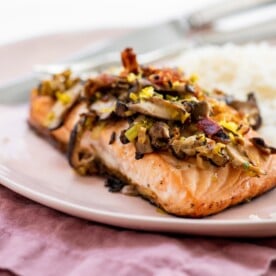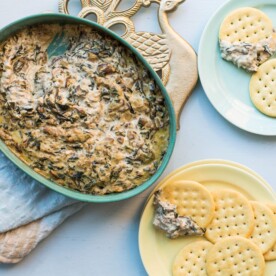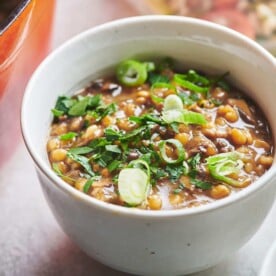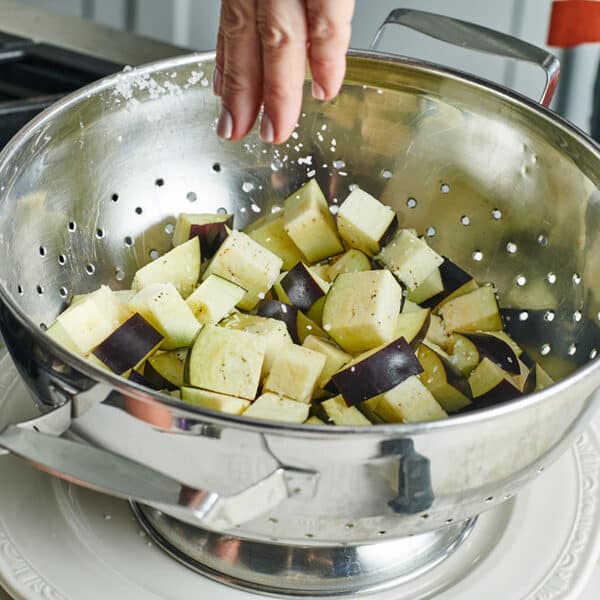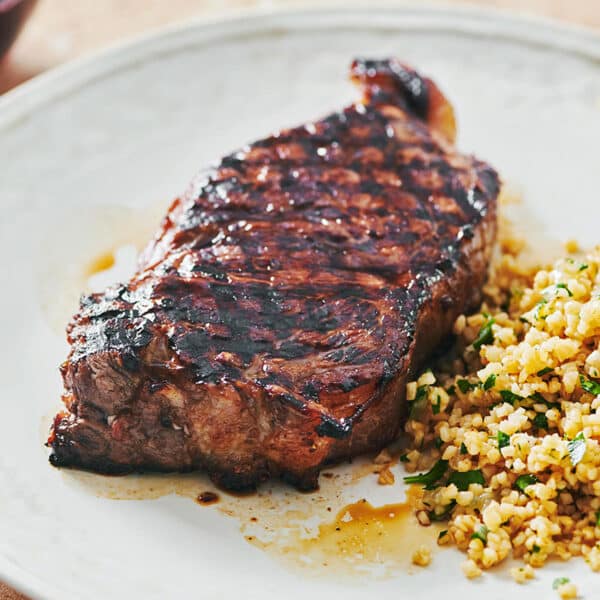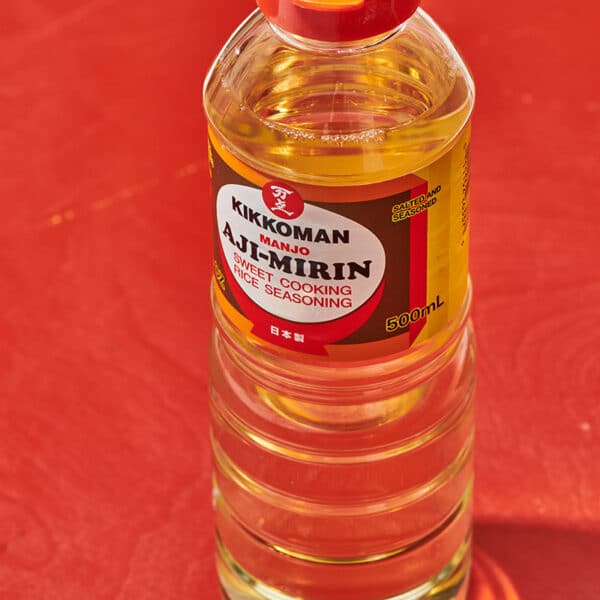How to Cook Mushrooms
on Jun 16, 2021, Updated Jan 28, 2025
This post may contain affiliate links. Please read our disclosure policy.
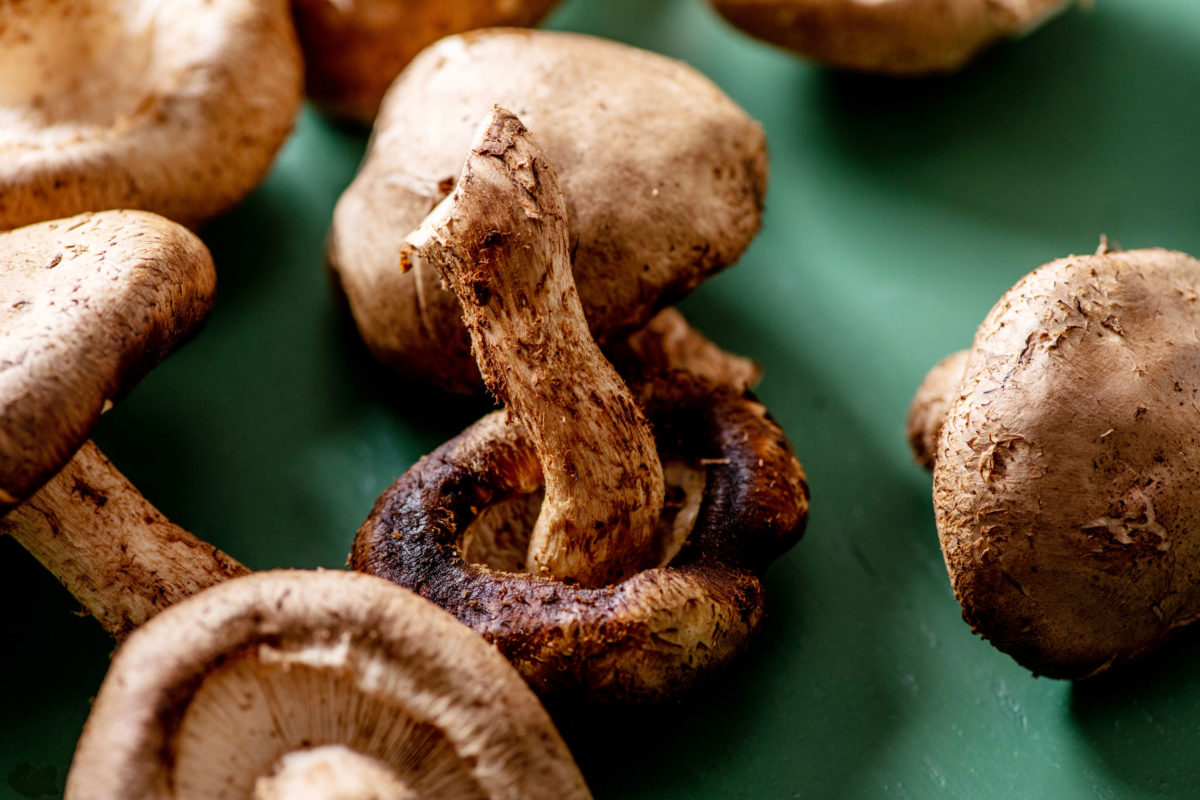
What Are Mushrooms?
Interestingly enough, mushrooms are neither a fruit nor a vegetable. Weird, right? They are not even really a plant. Mushrooms are a type of fungus, although considered a vegetable for eating and nutritional purposes.
What's In This Post?
- What Are Mushrooms?
- Truffles
- What Do Mushrooms Look Like?
- Where Can I Find Mushrooms?
- How Do I Pick the Best Mushrooms?
- What Do Mushrooms Taste Like?
- Types of Mushrooms
- How to Clean Mushrooms
- How Do I Prepare Mushrooms?
- How Do I Cook Mushrooms?
- Cooking Mushrooms
- When are Mushrooms in Season?
- How to Keep Mushrooms Fresh
- How to Tell if Mushrooms Are Bad
- Are Mushrooms Nutritious?
- 8 Mushroom Recipes
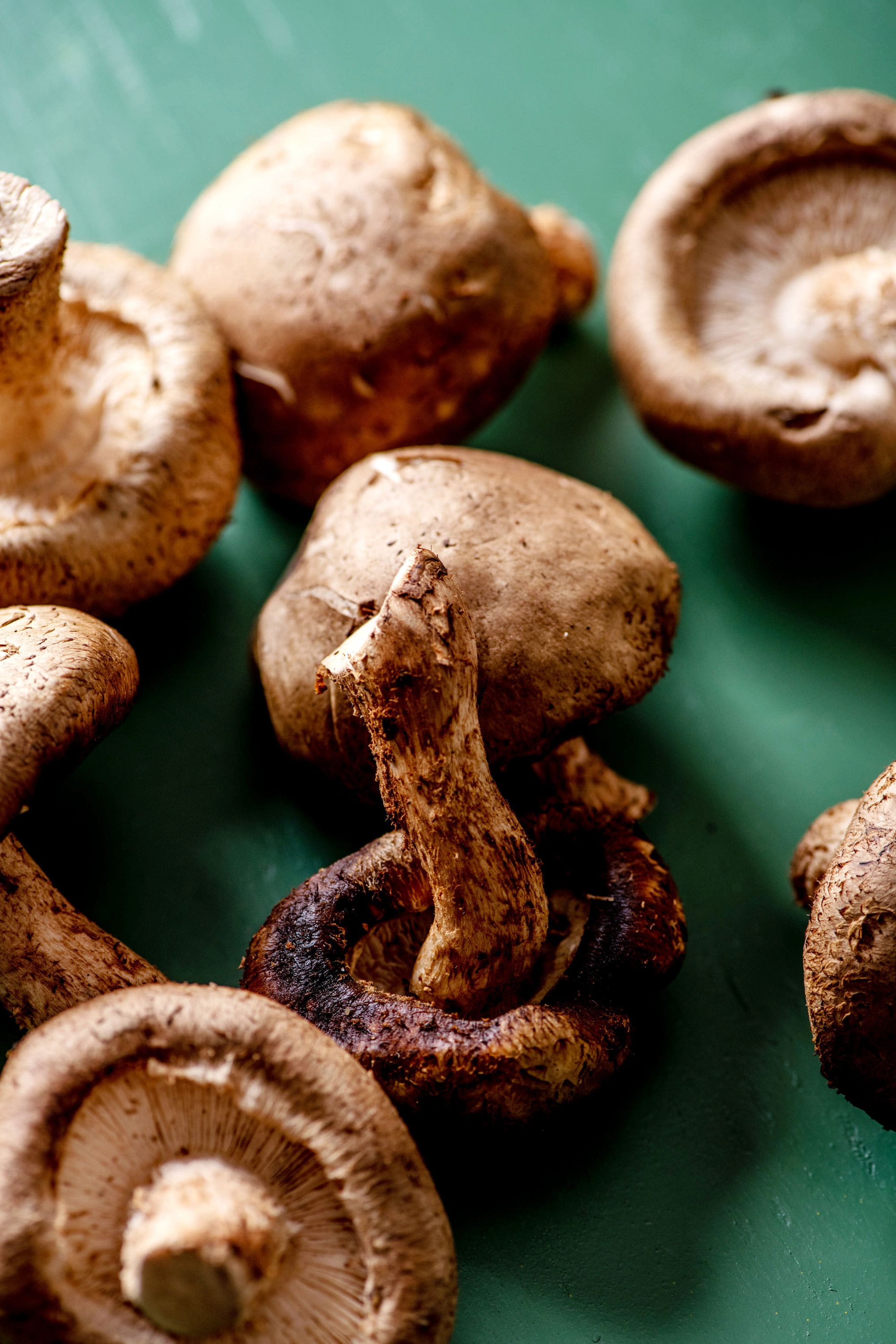
Mushrooms are one of the most versatile ingredients. Popular raw (with caveats), cooked, and an indispensable staple of the vegetarian diet, it is used in dishes across nations and cultures. It can be thought of as a meat substitute in many ways, but to simply say that is to diminish the appeal and versatility of mushrooms.
By signing up, you agree to our Privacy Policy.
There are a mind-blowing over 10,000 known types of mushrooms. For eating and cooking purposes, some of the most popular and common are portobellos, cremini, buttons, shiitakes, porcini, enoki, oysters, morels, and chanterelles. These are all mushrooms that are found above ground.
Then there are dried mushrooms. A cook’s best friend. They are quite simply mushrooms that are dehydrated or dried. By doing so, the flavor of dried mushrooms becomes concentrated and intense with a meaty texture. They are often rehydrated before cooking, with a soak in water or another liquid, but if you add them to long cooking soups and stews, they can also be added in in their dehydrated state. Learn more about cooking dried mushrooms.
Truffles
One of the most valuable and expensive types of mushrooms is the beloved truffle. These are the “gold” standard of mushrooms, and some are actually valued at more than the price of gold per ounce.
Truffles are native to the forests of western Europe or the Pacific Northwest and are not easy to find (which, along with being scarce, makes truffles extremely expensive). Truffles are found belowground near beech, fir, and oak tree roots.
White truffles are the most expensive and found in Italy and France, while black, burgundy, and Oregon white truffles are also prized truffles found outside of Europe. We all have this image of pigs digging up truffles, but the reality is that today, truffles are more commonly found by trained dogs or human experts (using pigs for truffle foraging actually became illegal in 1985).
What Do Mushrooms Look Like?
There are many different kinds of mushrooms, but in general, mushrooms are usually cream, light brown, or dark brown in color. Mushrooms have a “cap” and stem (although most markets sell them in packages with most of the stems cut off).
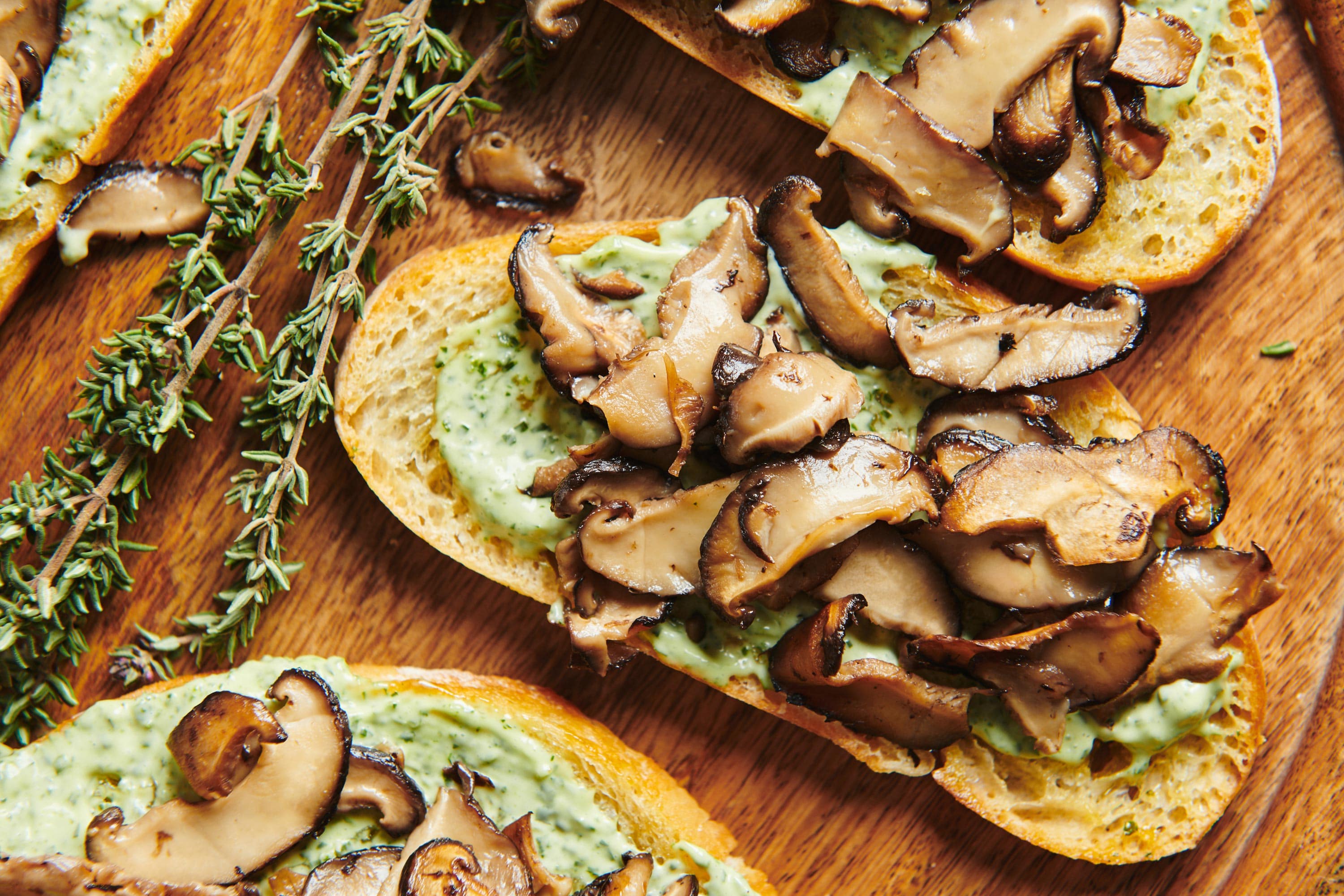
Where Can I Find Mushrooms?
The most common mushrooms like button, cremini, portobello, and shiitake are readily available in markets. More unusual varieties are often found in specialty and high-end markets. Dried mushrooms are usually packaged in clear containers or bags and can usually be found in the pasta and grain aisle, sometimes in the Asian section of the market, or another international section that features mushrooms in its cuisine.
How Do I Pick the Best Mushrooms?
Mushrooms should always be firm and free from mold and bruises. Some mushrooms should be truly firm and somewhat crisp (like button and cremini), and some firm but with some give (like portobello and shiitake).
Sometimes markets sell mushrooms loose in bins, and you can hand-pick your choices (my personal favorite; it allows you to pick the mix that you like and purchase just what you need). For dried mushrooms, look for containers or packages that have nice, intact mushrooms and are not crushed, and there should be no signs of moisture or mold.
What Do Mushrooms Taste Like?
Mushrooms are full of umami. This is a rich, earthy, delicious flavor that is even sometimes described as ‘brothy,’ so the taste (as well as the texture of mushrooms) perhaps has a hint of ‘meat’ to it.
This is one reason it is exceptionally popular among vegetarians and vegans- giving substance, texture, and flavor to dishes. There are variations in flavor, depending on the type of mushroom being used, and if you are a mushroom lover, you will surely find some favorites.
Dried mushrooms have a more intensified flavor than fresh mushrooms since the act of drying them concentrates their taste and aroma.
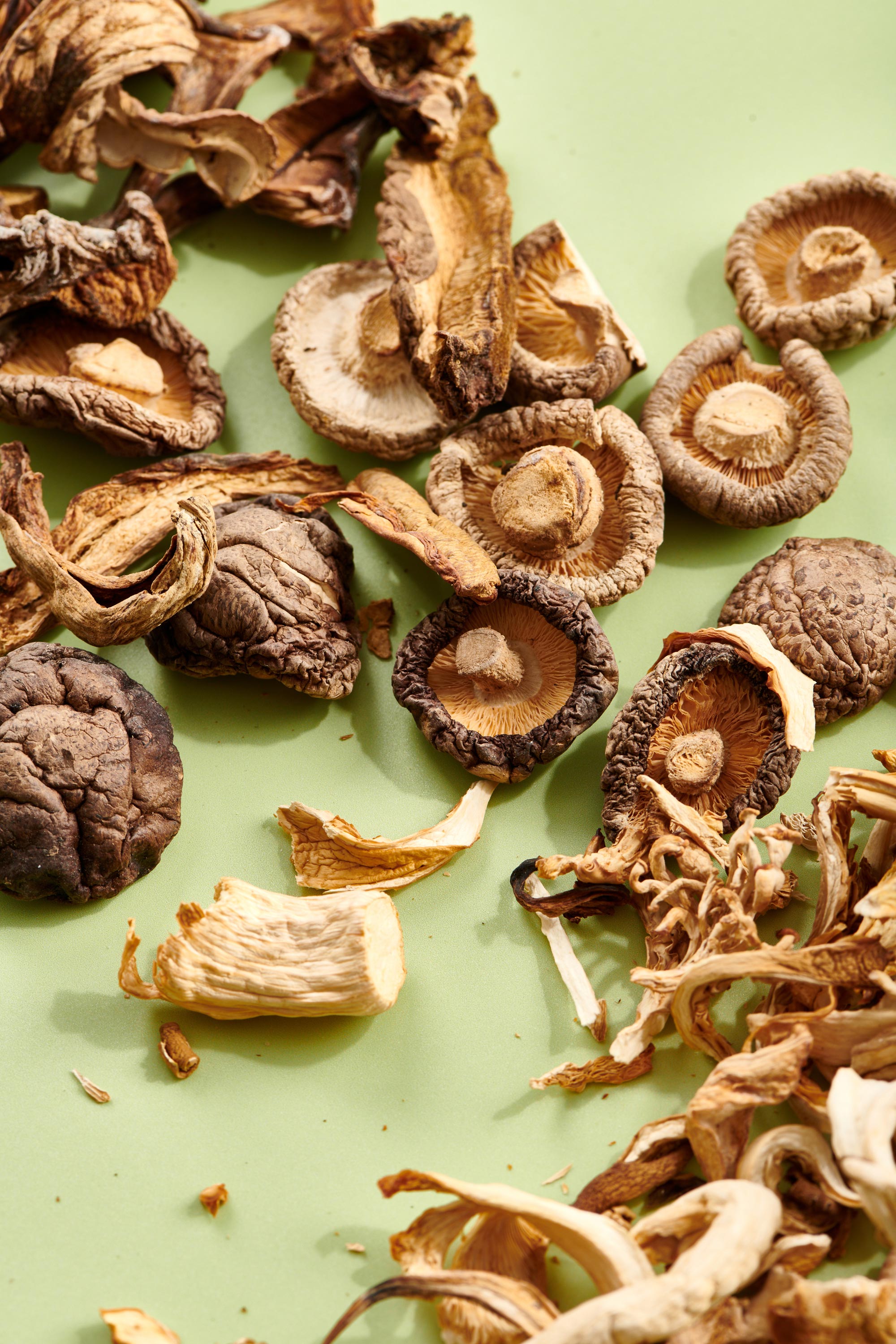
Types of Mushrooms
While there are thousands and thousands of types of mushrooms, these are the most commonly called for in recipes and available.
White Button Mushrooms
The most common and mildest mushroom and by far the most popular in the US (90% of the mushrooms we eat are this variety). It can be eaten raw or cooked; popular in salads and soups, and on pizzas.
Cremini Mushrooms
Also called Baby Bellas because these are young portobellos. Cremini are darker brown than Button mushrooms and also tend to be more flavorful. However, the two can be interchangeable in use.
Portobello Mushrooms
Among the largest mushrooms, these are very common in Italian cooking. Portobellos are rich, dense, and “meaty” and make a great meat substitute. Because their cap is so large and substantial, these are perfect for the grill or to eat as a “burger”.
Shiitake Mushrooms
These mushrooms are a staple in Japanese cooking. They have an umbrella-shaped cap with a slight curl. Their flavor is slightly woodsy, and their texture can hold their own, making them good to grill, fry, stir-fry, or roast.
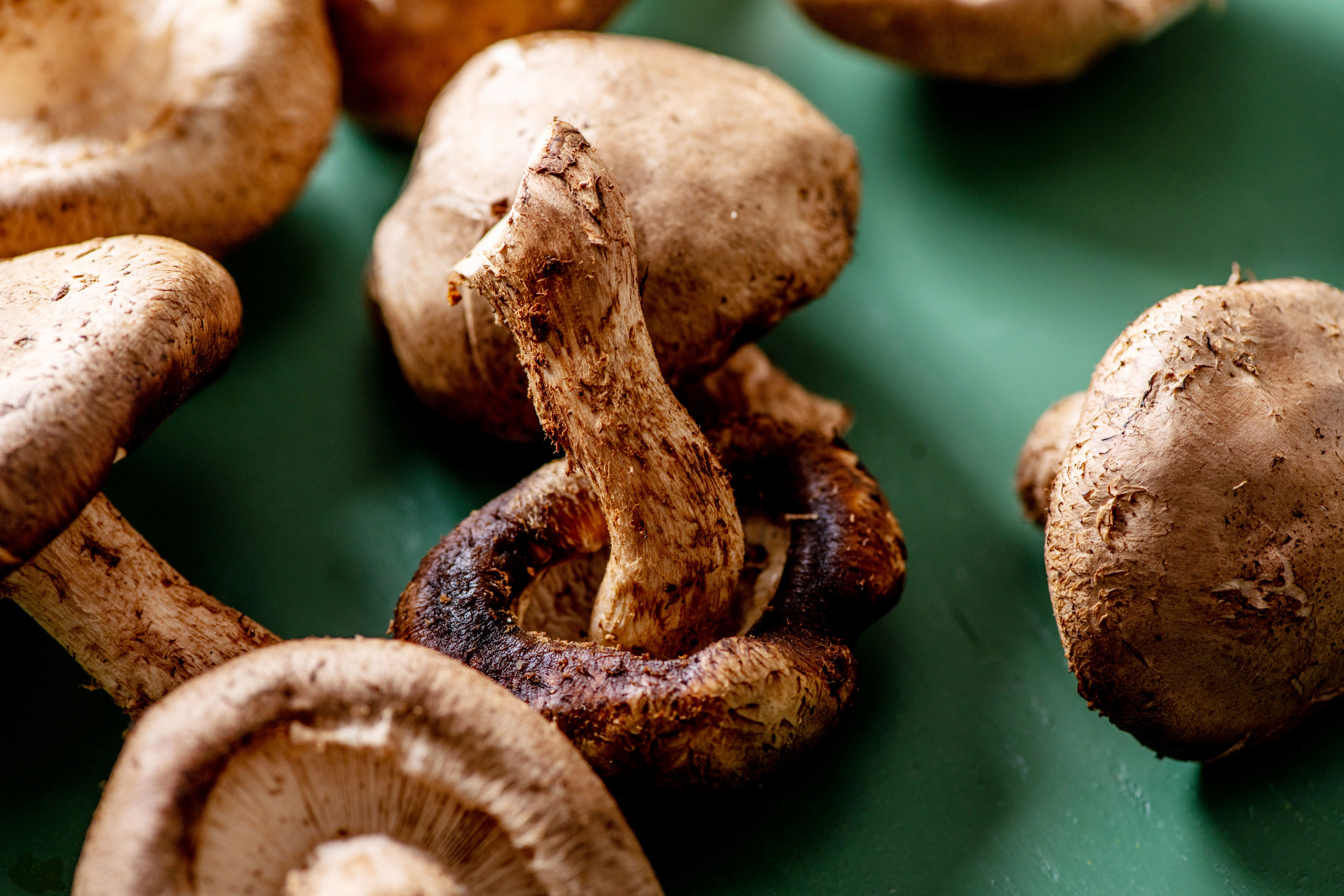
Oyster Mushrooms
These mushrooms are whitish in color and fan-shaped, looking quite pretty and having a delicate flavoring. These are also very popular in Asian foods.
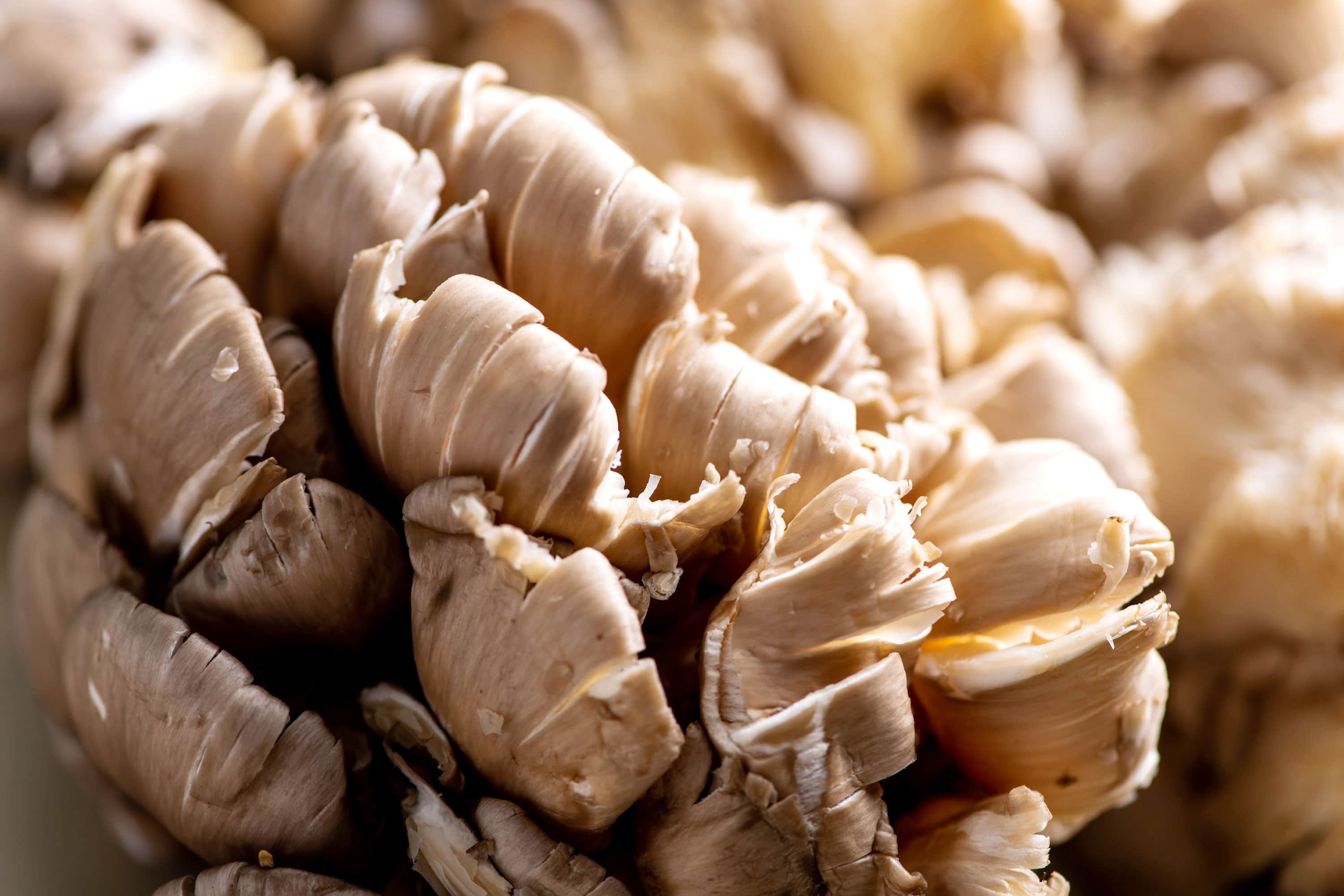
Enoki Mushrooms
Enoki come in a bundle and are a dozen or more little mushroom caps on long, thin stems. They are excellent raw and have a great crunch. These are great in Takikomi Gohan with Chicken.
Chanterelle Mushrooms
Chanterelles look like trumpets with a depression in the center and thick stems. They are golden-hued in color, fleshy and firm, and have a peppery-fruity flavor. Popular in European dishes but also popular in the Pacific Northwest, where they grow in the wild.
How to Clean Mushrooms
Before using mushrooms in recipes, gently remove dirt by rubbing with a mushroom brush or a damp paper towel, then trim the stems as appropriate. Don’t submerge them in water to clean them, as mushrooms are very porous, somewhat sponge-like, and will soak up the water.
This will prevent them from browning or caramelizing if you are planning to sauté them and will prevent them from picking up other flavors of the dish in stews, for instance, if they are already full of water.
How Do I Prepare Mushrooms?
Mushrooms are then ready to be left whole, sliced, quartered, or diced, and eaten raw or cooked according to whatever recipe you want (and the type of mushroom).
How Do I Cook Mushrooms?
Mushrooms are super versatile. They are substantial. They are flavorful. And they can take centerstage or be a great backup singer.
Mushrooms can be eaten raw and mixed into salads of all kinds or even thinly sliced for a carpaccio-type dish. Interestingly, the nutritional benefits of mushrooms increase when cooked, so keep that in mind.
And, keep in mind that not all mushrooms should be eaten raw, and mushrooms contain a low level of a substance that is toxic to humans, so think twice before eating large amounts of raw mushrooms. It would take a lot to make someone ill, but it’s worth noting. Vegetarian Times has good advice about eating raw mushrooms.
Cooking Mushrooms
Mushrooms can be grilled, roasted, sautéed, braised, slow-cooked, or fried. Cooking mushrooms with ingredients such as shallots, garlic, and herbs enhances the flavor and is a common base for cooking mushrooms in many recipes.

They can be the mainstay in soup, tossed with pasta, cooked with meats and fish, made into veggie burgers, stuffed with various goodies, a topping for burgers or pizza, or the basis for gravy.
Dried mushrooms can be used in almost all ways fresh mushrooms can, but they add extra flavor and a more substantial, dense, and chewy texture.
When are Mushrooms in Season?
Most varieties of mushrooms are now cultivated and not grown in the wild and are therefore available year-round. Wild mushrooms (grown naturally in the forest) are most plentiful in the fall (except morels, which only grow in the spring). If you hope to start foraging for wild mushrooms, seek the advice of a trained guide first for proper identification, as there are many poisonous look-alikes to edible mushrooms.
Dried mushrooms are in season year-round.
How to Keep Mushrooms Fresh
Mushrooms should be stored in their original packaging or, better yet, in a porous bag (like a brown paper lunch bag) in the fridge for the longest shelf life (about one week). Mushrooms are 92% water, so a brown paper bag absorbs extra moisture and prevents mold and sogginess.
Do not clean mushrooms until ready to use, and do not freeze fresh mushrooms.
Dried mushrooms should be in an airtight container and kept in a cool, dry location. Like this, dried mushrooms can last up to a year. Placed in a freezer, dried mushrooms can last indefinitely.
How to Tell if Mushrooms Are Bad
The most obvious sign that mushrooms have gone bad is their smell. If they smell off or rotten or funky, they are not good to eat. If they are slimy or dried out, they are also past their prime. Avoid mushrooms with bruises or visible rot or mold.
Are Mushrooms Nutritious?
Mushrooms are very nutritious as they are loaded with vitamins, promote a healthy immune system and boost your bone health, and, in fact, are considered a superfood. Different mushrooms have different nutritional profiles: For example, oysters and shiitake have the most fiber, and portobello and buttons are high in vitamin D.
